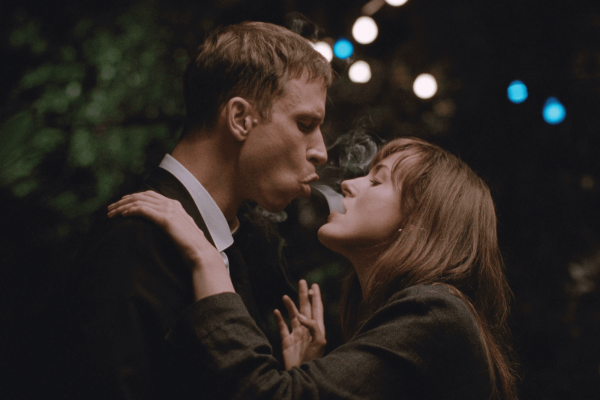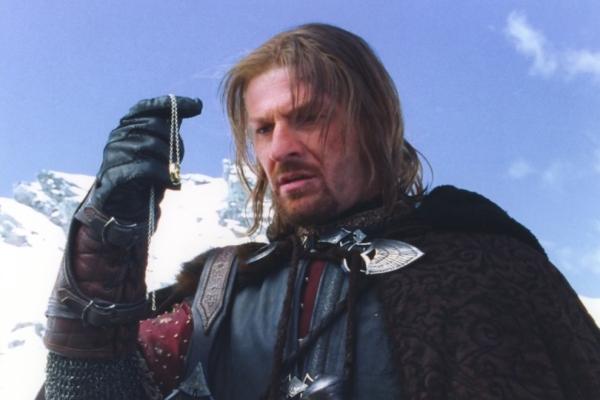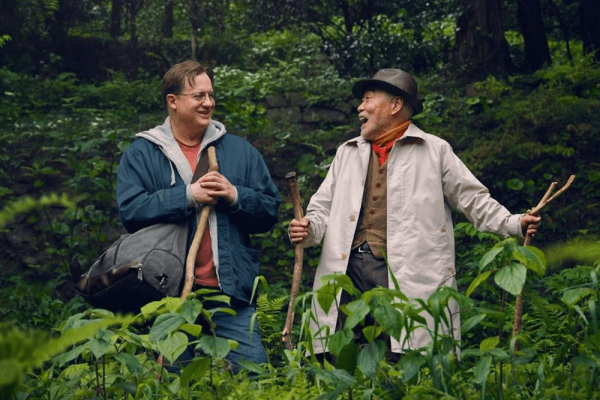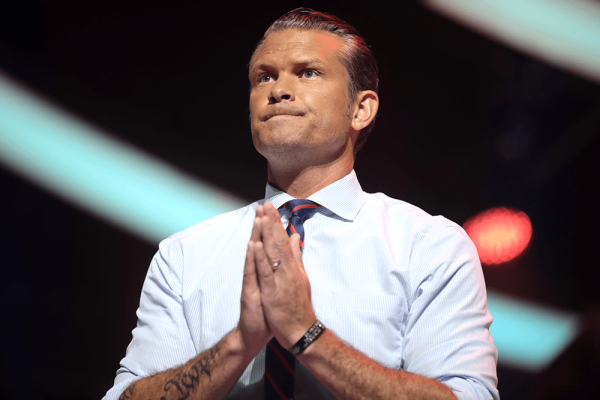IN A 2001 lecture titled “Devotional Cinema,” filmmaker and film editor Nathaniel Dorsky broadly described devotional practice as “the interruption that allows us to experience what is hidden and to accept with our hearts our given situation.” Dorsky connected this definition to the experience of watching a movie, claiming, “It is alive as a devotional form,” allowing viewers to uncover truths about themselves and the world by watching someone else’s story. A movie doesn’t have to be experimental art, a heavy drama, or a religious epic to be a devotional experience. Often, the most profound stories are about the subtle changes of the soul over time and the experiences and relationships that define a person. We relate to them because, like a devotional practice, they help us reflect on our own lives and consider how we live in relation to others.
Joachim Trier’s The Worst Person in the World is one such film, following its protagonist, Julie (Renate Reinsve), from her late 20s to her early 30s. Trier places Julie as the main character of her own story, narrated to us as she lives it, changing careers, falling in love, breaking up, experiencing loss, and becoming wiser and more comfortable with herself as a result.
We first meet Julie as a medical student. Realizing she’s not passionate about her choice of study, she switches to psychology, and then photography. She doesn’t have a serious romantic relationship until she meets older comic book artist Aksel (Anders Danielsen Lie). After several years with Aksel, intimidated by his success while she’s still finding her voice, Julie leaves him for Eivind (Herbert Nordrum), who’s closer to her in age and similarly unsettled. A few years later, tragedy brings Julie and Aksel back together and causes Julie to both reconsider and accept the choices she’s made.
Julie’s journey feels relatable to anyone familiar with the unique struggles of young adulthood, when you’re pulled by the urge to do something meaningful and lasting while wondering whether every decision you make is the right one—or whether it will chain you to an unfulfilling future. Some bemoan the alleged selfishness of millennials upending their lives in the name of fulfillment, but The Worst Person in the World, despite its title, never judges Julie for this process, instead patiently allowing her to become the person she was always meant to be.
Trier’s film sees and loves its main character fully. It gently follows Julie through the relationships and events that make up her life, reminding us to consider those that have defined our own. This movie is devotional in its own way, giving us a story that helps us better reflect on our lives and consider where we’ve been, where we’re going, and where we’d like to be.
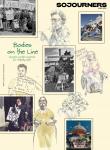
Got something to say about what you're reading? We value your feedback!
